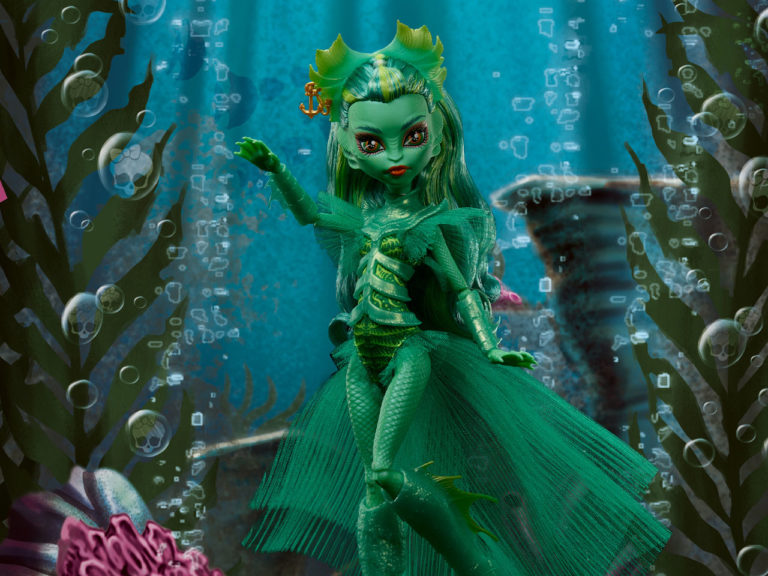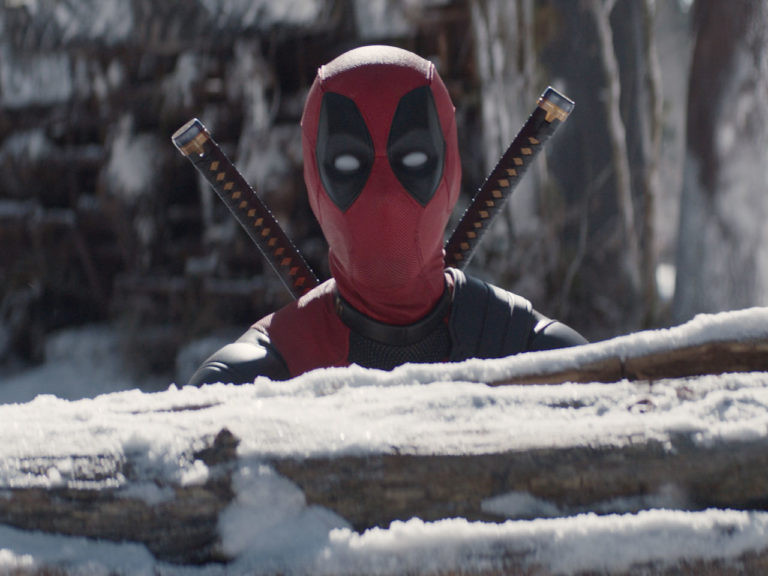
I am a fan of the original Metal. I like how epic and cosmic it got, and it was incredibly entertaining. Even though I was rather critical of its conclusion, I did run to my LCS to grab the hardcover when it came out. I am also a fan of metal music. So, naturally, I’ve been anticipating Death Metal since its announcement. So, let’s not waste any time have ourselves a look!

What’s good to know before you read this comic is that it helps if you are at least somewhat familiar with previous stories, such as Doomsday Clock, Snyder’s Justice League, and Year of the Villain: Hell Arisen. Having read some of these stories will enhance your reading experience of Death Metal, and it will likely make the story easier to follow as well. If you haven’t read any of these other comics, you can still enjoy Death Metal #1, but you might be confused at times. This isn’t necessarily a bad thing, though, because the main characters—such as Wonder Woman and Batman—are in a confused state as well, and are looking for answers.
On the whole, I think Snyder does a good job at providing all the necessary information throughout the issue by means of exposition. The information is always presented at the right moment, to help set a scene by giving it context. The exposition is also delivered organically, most of the time, when one character has to explain something to another. In doing so, the exposition contributes to advancing the plot, because any new information that, for example, Wonder Woman acquires leads to new questions. It helps to establish the mystery of what happened to the world and the characters, which makes me want to keep on reading to find out what happens next.

However, I also think that this issue relies a little too heavily on that exposition. We are presented with a lot of text, and it’s a lot to take in at once. Now, I love lengthy passages, as a writer and as a reader, but I think those are best suited to prose fiction. In a comic book, in my opinion such wordiness can be out of place. I’m not saying it shouldn’t ever be done, but comics is a visual, sequential medium. Sequence can only work well when it flows well. While this comic book is, for the most part, a master class example of how to do sequential storytelling (truly, Capullo, Glapion and FCO are some of the greatest artists working in comics today), I think that the lengthy exposition interrupts the flow and slows down the story at times. This is not a deal-breaker, but if the exposition was more concise, it would have made the overall reading experience a lot smoother and even more engaging, especially to new readers who aren’t as familiar with the other stories that this one builds on.
There are other things that strike me. For example, there are various versions of Batman running around in this book. They all look great and their interactions with other characters are a lot of fun. Yet, I’m not always fully convinced that these are believable versions of Batman. Take, for instance, the character B-Rex. The idea is that the Bruce Wayne of B-Rex’s world uploaded his consciousness to the T-Rex before he died, and so B-Rex was born. I love everything about this idea, but the way that B-Rex talks doesn’t sound anything like Bruce. This would have been fine if B-Rex had at least some characteristics of Bruce to establish him as a version of Batman, but I don’t think that’s the case. He’s a badass character for sure, but I can’t recognize him as Batman, and that’s a bit of a missed opportunity to me. The humor would have worked much better if I did recognize him as Batman.

Furthermore, there’s a moment in this book where the real Batman confronts The Batman Who Laughs on an open field. After a brief back and forth between them, BWL says, “Kill him.” A portal opens up out of nowhere and various familiar faces wearing Bat-themed versions of their own costumes come out of the portal to attack Batman. While this is a really cool comic book moment that alludes to the as of yet unseen history that precedes this story, I do question the logic behind this. How does BWL summon all these characters? How do they know they are being summoned? Do they have to be in the same place to travel through that portal, or can they be in different locations? Where were they before they were summoned? What if they were in the middle of something important? I don’t entirely buy that BWL can just call on these people anywhere, at any time—that seems a little too convenient to me. Another thing that’s worth asking is why some of these characters are working for BWL. Deathstroke might be doing it for money. But what about Etrigan? Why would he be in league with BWL?

My point is that it seems like the creative team got carried away by their enthusiasm at times. Yes, all the things that I’ve described are really cool, and I do love how wild and totally metal those moments are. But I’m not always sure why those things are happening, on a technical level. An explanation in some form or another would have been nice, rather than just throwing these things out there without taking care that they also make sense within the story itself. After all, a story can be as over-the-top and bonkers as you want it to be, but at its core, things still have to add up. Logistics are still important, even in superhero stories. But, really, these are nitpicks. Death Metal, despite these flaws, is still a solid comic book.
What I like the most about Death Metal #1 is its tone and aesthetic. While the original Metal series felt more like a cosmic horror odyssey, inspired by various kinds of metal music, I think that Death Metal really looks and feels like death metal music specifically. Its tone is much darker, even though there is still some humor to offset that darkness. And the world, the costumes, and the creatures all fit the theme perfectly. Everything about the art screams death metal, and it looks like we’re in for a dark fantasy epic, with mages, knights, castles, dragons, death and lots of spikes. Capullo is the perfect artist for this book; he draws it like nobody else, and I can’t imagine anybody other than him rendering this creepy yet awesome world.
Recommended if…
- You liked the original Metal series!
- You have read Doomsday Clock, Snyder’s Justice League, and/or Hell Arisen. (These aren’t strictly required reading but will greatly enhance your reading experience.)
- You are into metal music—this is a great visual representation of that kind of music within a superhero context.
- Wonder Woman with a chainsaw. @#$% yeah! \m/
Overall: On the surface, this book is fine. It’s a fun read and promises a great adventure through the upcoming issues. However, when I start paying attention to some of the technical details, I do end up asking questions that I struggle to find answers to. Moreover, the lengthy exposition can be somewhat overwhelming. Other than that, this book is hella entertaining and well worth a purchase if you are into a dark fantasy take on the DC Universe. Recommended!
Score: 8.5/10
Disclaimer: DC Comics provided Batman News with an advance copy of this comic for the purpose of this review.


